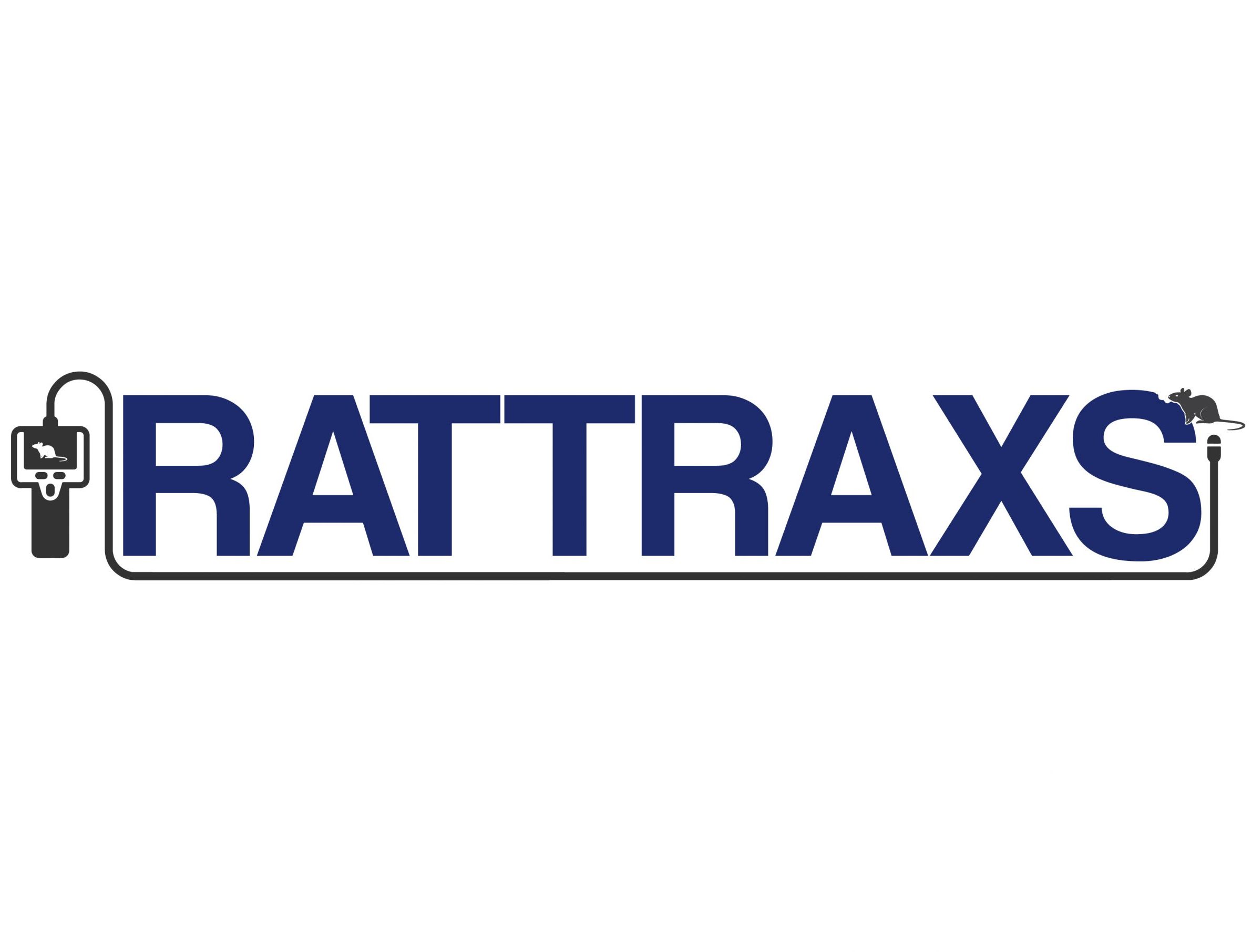
Cat Flea (Ctenocephalides felis)
The cat fleas is by the most common flea found throughout Britain, in contradiction of its name it is mostly found on dogs rather than cats and even though we are not the preferred food source it regularly comes into contact with humans.
Whilst feeding of the host the flea itself spends a majority of its time off the host in the animals bedding or sleeping areas. While the ship rat flea was responsible to the plague there is no real proof that the cat flea is a disease spreader, its the annoyance and appearance of the bites that tend to cause concern.
Cat fleas can remain dormant for extensive periods of time just waiting for the correct stimulation from potential hosts before starting their feeding and life cycle again.
There are several treatments available for the control of cat fleas from residual spray treatments to more advanced IGR (insect growth regulator) formulations. A full site survey is carried out before any treatments are applied, some product could cause damage to certain fabrics and materials.
There are several aerosol treatments available to the general public for the treatment of fleas and in some cases these can be found to be effective, however in other cases they can give the appearance that the sprays have been successful when actually the cat fleas have gone dormant.
It is important the product label is understood before applying even these domestic treatment products as domestic pets could be indirectly harmed by hyperbolic treatments. A thorough clean through should be carried out by means of vacuuming all accessible areas, washing of pet beds and human bedding as well as cushion covers etc before a treatment is applied.
Depending on the level of infestation and the dwelling flea treatments may require more than a single application, however modern day professional products are far more advanced than domestic level treatments.
